A Taste of Greece and Cyprus: Moussaka, History, and Memories
Dive into the enchanting tales of travel and tradition that transform a simple dish into a tapestry of history and heritage.
It's 8:56 PM, and I've just attempted to dictate some thoughts about my eggplant casserole—a Moussaka, to be precise—but it didn't quite go as planned. I had tasted it on Monday, and today, on this second try, it was even better. The flavors had deepened, the spices more pronounced. This got me thinking about the origins of this dish and the stories it tells—not just about food, but about history and culture.
The Mediterranean Journey: Greece, Cyprus, and Beyond
I've been fortunate to visit Greece and Cyprus multiple times, each journey etching vivid memories of the cuisine, people, and stunning landscapes. My inaugural trip to Greece was in 1973 when my parents packed us into their trusty Renault R4 for an epic drive from Einbeck, Germany, to Crete. Travel was different then—a true adventure. We traversed the former Yugoslavia, wound our way to Athens, and then boarded a ferry to Crete. With no modern GPS to guide us, we relied solely on maps and intuition.
That trip left a lasting impression on me. Greece is not just a country of sun, sea, and ancient ruins. It’s a place where food is woven into the very fabric of life, where meals tell stories that span centuries.
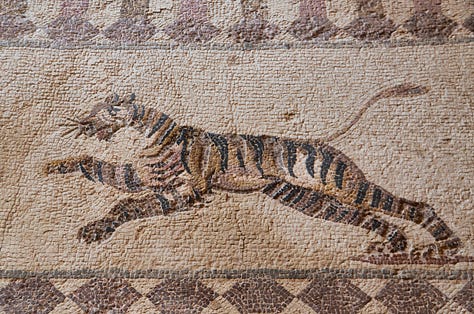
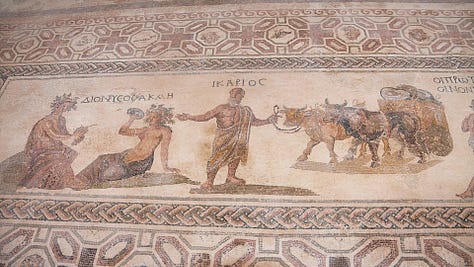
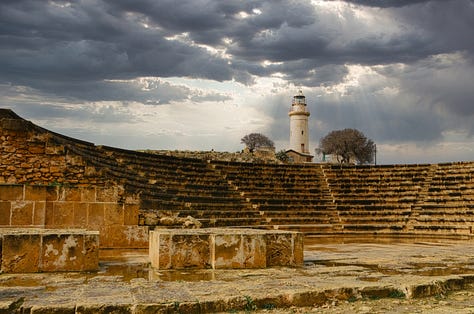
In 1982, I visited Cyprus for the first time. We went to the northern part, flying over Istanbul to land at the old Ercan Airport in Northern Cyprus. I’ve since returned to Northern Cyprus six more times, with my last visit in 2008. While the area had seen some development, it remained remarkably untouched compared to the large resorts you find in other parts of the Mediterranean. Even then, you could explore Famagusta, a ghost town left abandoned after the war in 1974. It was surreal—so close to the inner Cypriot border that residing there was prohibited.
Cyprus is an island soaked in history. Everywhere you turn, there’s something ancient to marvel at—castles where Richard the Lionheart himself made a stop during the Crusades, ancient mosaics that take your breath away, and a nature so pristine that, in some places, you can still watch sea turtles and dolphins from the shore.
Despite its political complexities and divisions, Cyprus remains the "Island of the Gods." Mythology is woven into the landscape—the island's highest mountain, Mount Olympus, is said to be Zeus's throne, while a rock off the western shoreline near Paphos is believed to be Aphrodite's birthplace. The layers of history—from ancient Greeks to Venetians and Ottomans—have left their mark not only on the island's architecture but also on its cuisine.
Moussaka: A Culinary Time Capsule
Moussaka, a dish I've honed over time, embodies these intertwined histories. Its roots trace back to the Middle East and the Balkans, with variations found across Turkey, Cyprus, and Greece. The dish carries the essence of the past—cinnamon, cloves, and nutmeg infusing it with an almost mystical warmth. Each bite transports you to the heart of the Mediterranean.
For me, Moussaka isn’t just a dish; it’s a memory. It reminds me of the winding roads of Crete, the mosaics in Northern Cyprus, and the people who welcomed us with open arms wherever we went. It’s a meal that tells a story of shared traditions, where each layer—eggplant, potatoes, meat, and béchamel—comes together to create something greater than the sum of its parts.
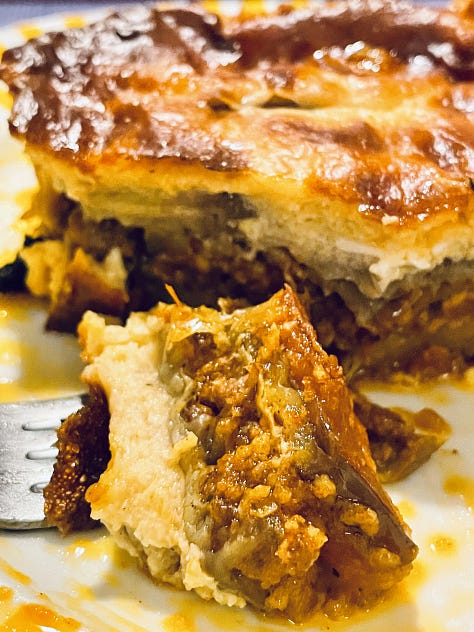
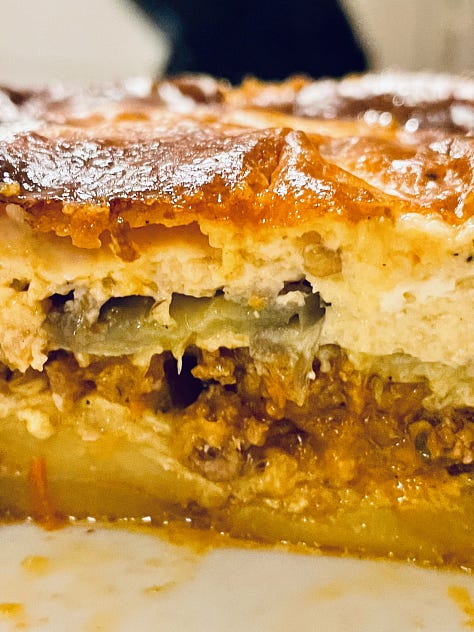
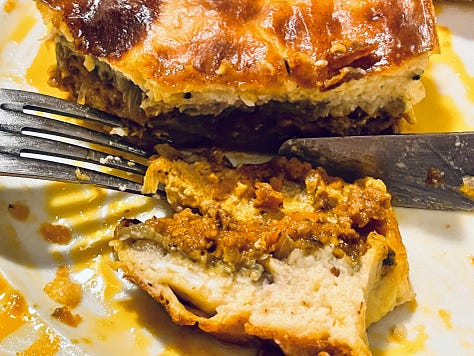
The Recipe: Moussaka Eggplant Casserole
If you’ve ever wanted to taste a bit of the Mediterranean in your own kitchen, here’s my Moussaka recipe. Trust me, it’s worth the effort, and like all good things, it gets even better the next day. It’s a dish that brings the flavors of Greece and Cyprus into your home, rich with spices and history.
Ingredients
• 3 medium eggplants
• 3 medium potatoes
• Olive oil
• 2 egg whites
Ingredients for the Meat Sauce
• 375 g minced meat (mixed or lamb)
• 1 large onion (chopped)
• 1 small can of peeled tomatoes
• 2 chopped garlic cloves
• Olive oil for frying
• 1 bay leaf
• Salt, pepper
• 1 teaspoon brown sugar
• 1 teaspoon oregano
• 1 teaspoon pizza seasoning
• 2 pinches cinnamon
• 1 pinch cloves
• 1 pinch nutmeg and mace
Ingredients for the Béchamel Sauce
• 250 ml milk
• 30 g butter
• 30 g flour
• Nutmeg
• 30 g grated Parmesan
• 2 egg yolks
• Salt, pepper
Method
Prepare the eggplants: Wash the eggplants, remove the stems, and slice them lengthwise into 5 mm-thick slices. Salt them lightly and let them sit on paper towels for 30 minutes to sweat out any bitterness.
Make the meat sauce: Heat olive oil in a pan, brown the minced meat, then add onions and garlic. Add the sugar and tomato paste, cook until caramelized, then add the tomatoes and seasonings. Simmer on low heat for 30 minutes.
Fry the eggplants and potatoes: Lightly fry the eggplant and potato slices in olive oil until golden, then drain on paper towels.
Prepare the Béchamel sauce: Melt butter in a pan, stir in flour, and cook for 3 minutes. Slowly whisk in hot milk, cook until thickened, then stir in Parmesan and egg yolks. Season with salt, pepper, and nutmeg.
Assemble the Moussaka: Grease a baking dish and dust with breadcrumbs. Layer potatoes on the bottom, then half of the eggplant slices. Beat the egg whites and lightly salt them before spreading over the eggplant. Top with the meat sauce, the remaining eggplant, and finish with the béchamel sauce.
Bake: Preheat your oven to 175°C (top and bottom heat). Bake the Moussaka for one hour. Let it rest for 15 minutes before serving.
Pro tip: Moussaka tastes even better if you let it cool completely and reheat it the next day. The flavors meld together, creating a richer, deeper taste. You can also freeze it for later, making it the perfect dish to prepare in advance.
A Taste of History on Your Plate
Every time I make Moussaka, I’m reminded of the journeys I’ve taken and the cultures I’ve encountered. It’s not just a meal—it’s a piece of history on the plate. The spices, the layering, the time it takes to prepare; they all connect us to a shared past, where food was more than sustenance—it was a celebration of life, of family, of heritage.
So, the next time you’re looking for something to cook that takes you on a journey, try Moussaka. It’s not just a dish; it’s a story. And if this resonated with you, I’d love for you to share it with someone who might enjoy a taste of the Mediterranean as much as I do.
Pictures from the first gallery
Mosaic at the Villa of Theseus – An intricate mosaic featuring a leaping tiger, found at the Villa of Theseus in Paphos, offering a glimpse into the artistic grandeur of ancient Cyprus.
ALT: Detailed mosaic of a tiger from the Villa of Theseus in Paphos, Cyprus, illustrating ancient craftsmanship.
Dionysos Mosaic, Villa of Theseus, Paphos – This mosaic from the Villa of Theseus tells the story of Dionysos, the Greek god of wine, a beautiful relic of Cypriot history and mythology.
ALT: Ancient mosaic from the Villa of Theseus in Paphos, depicting Dionysos and other figures in a lively scene of myth and celebration.
Lighthouse and Amphitheater, Paphos – The ancient amphitheater and lighthouse at Paphos, standing together as timeless symbols of history and culture under dramatic skies.
ALT: The ancient stone amphitheater and lighthouse in Paphos, Cyprus, with stormy clouds gathering in the sky.


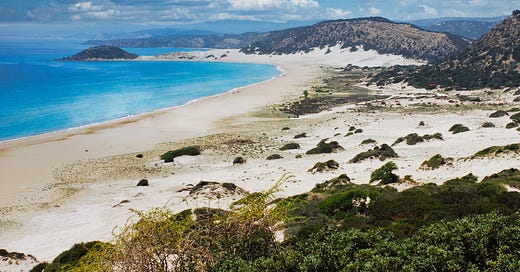



Intriguing that your parents decided to go overland all the way from Germany to Crete - that part of the journey must have been quite an eye-opener too. Just shared your moussaka recipe with a friend who's planning to visit Greece next year, thanks!
JAY! DO you really do all this fab cooking??? WOW! And then mixed with GREECE!
I don't know which to take a bite into first!